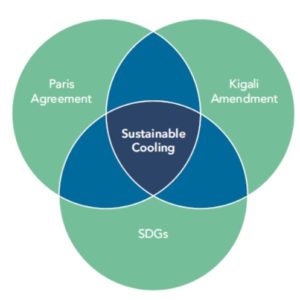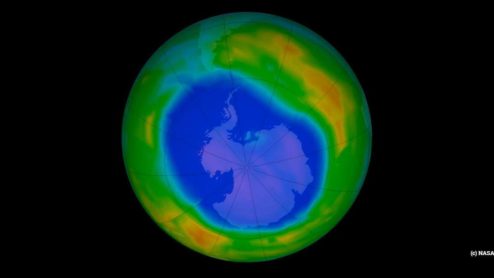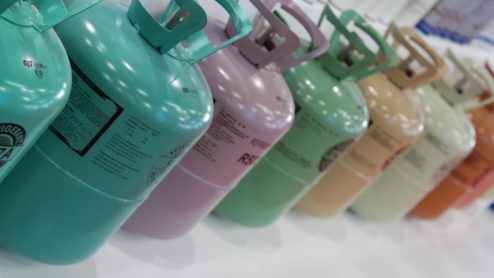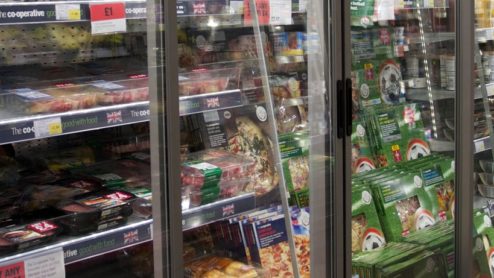Climate change and cooling
Climate change is the greatest threat humanity faces today. Global temperature rise, shrinking ice sheets, ocean acidification, rising sea levels and increasing extreme weather events present irrefutable evidence that we must act now to reduce our emissions of greenhouse gases.
Despite the dire warnings and urgency surrounding climate change, lack of political leadership could allow us to sleep walk into a man-made inferno. To date, national emission reduction pledges under the Paris agreement account for only a third of what is needed to stabilise global temperature rise at 2 ºC, and a fifth of what is needed for 1.5ºC. We are currently on a path to catastrophic 3°C warming – if emissions are not rapidly reduced before 2030 we will not be able to avoid 1.5°C warming and maybe even 2°C, regardless of subsequent action. The next ten years is therefore critical to speed up action wherever possible.
The cooling sector is a key driver of climate change that is often overlooked. Sitting at the heart of sustainable development, cooling is essential for food, vaccines, comfort, productivity, data centres, hospitals and much more. But with rising temperatures and populations, the world is installing more and more air-conditioning and refrigeration, contributing to further global warming in two ways – by increasing demand for electricity and through increased emissions of refrigerant greenhouse gases, such as hydrofluorocarbons (HFCs).





